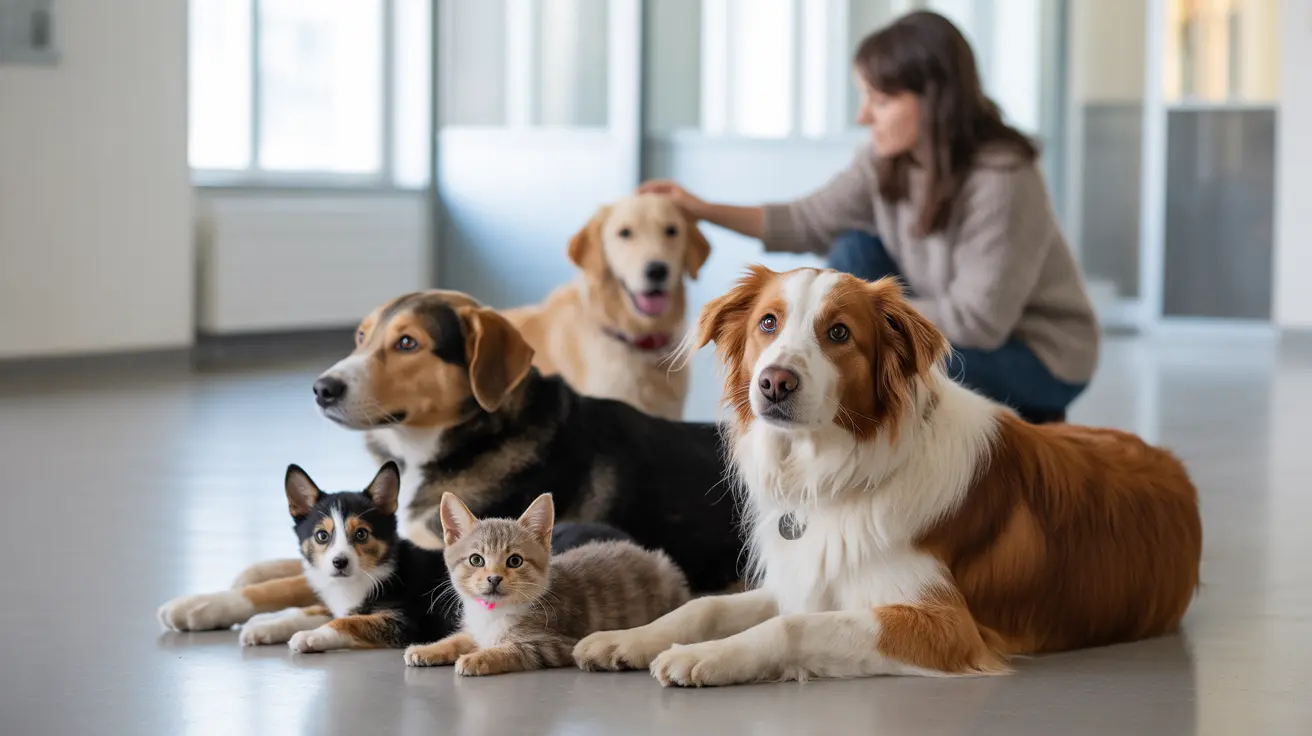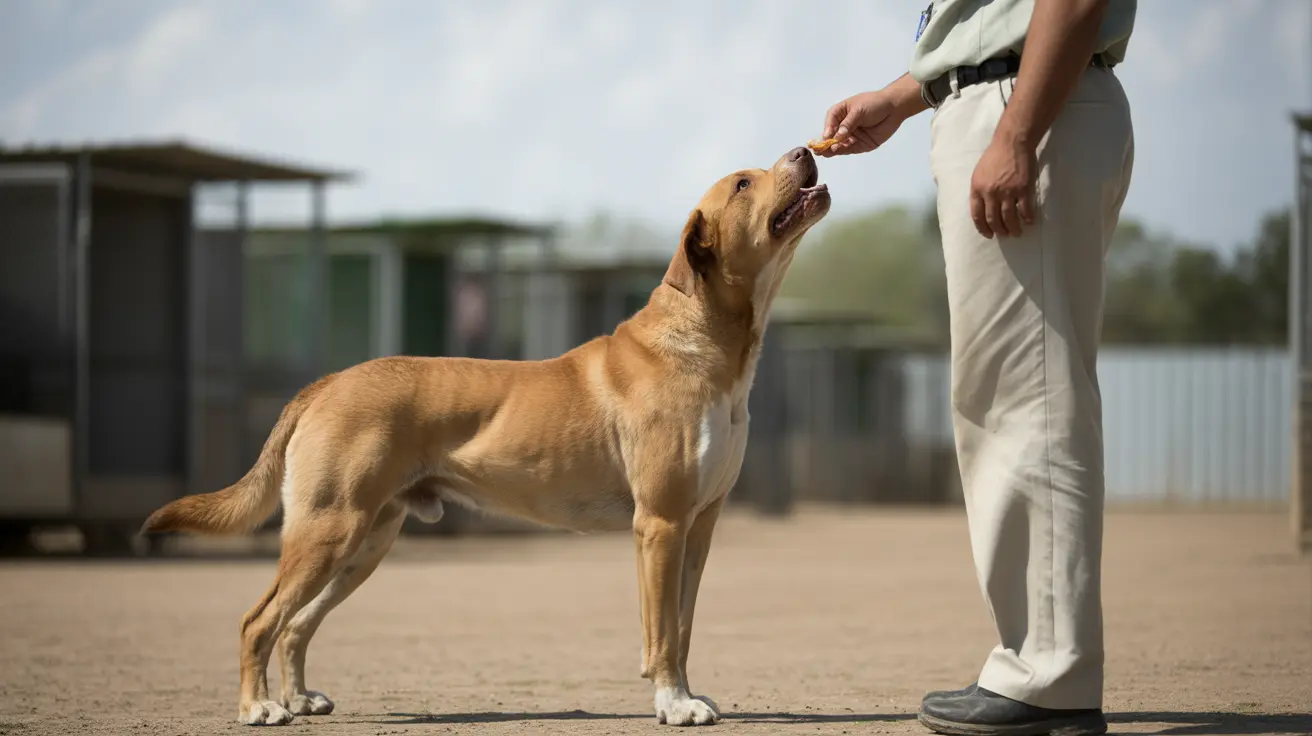Have you ever wondered why your furry friend spends so much time stationed by the door? Dogs sitting at doors is a common behavior that reveals fascinating insights into canine psychology, instincts, and emotional needs. Whether it's protective instincts, anxiety, or simple routine, understanding this behavior can help strengthen your bond with your pet and ensure their wellbeing.
In this comprehensive guide, we'll explore the various reasons behind this common behavior and provide practical solutions for managing it effectively. Let's dive into the psychology behind your dog's door-sitting habits and learn how to respond appropriately.
Natural Instincts and Protective Behavior
Dogs are naturally protective creatures with strong pack instincts inherited from their wolf ancestors. When your dog sits by the door, they may be fulfilling their inherent role as the family guardian. This position allows them to monitor potential threats and protect their territory effectively.
Many breeds, particularly those with working or guarding backgrounds, display this behavior more prominently. They understand that doors are access points and instinctively know these areas require vigilance.
Emotional Attachment and Anxiety
Sometimes, door-sitting behavior stems from emotional attachment or separation anxiety. Dogs are social creatures who form strong bonds with their human families. When separated from their loved ones, they often choose to wait by the door – the last point of contact and the anticipated point of return.
- Pacing or circling near the door
- Whining or barking
- Destructive behavior near entrances
- Excessive drooling or panting
- Refusing to leave the area, even for meals
Physical Needs and Communication
Dogs often use door-sitting as a form of communication, especially when they need to relieve themselves. Well-trained dogs learn that the door leads to their bathroom area and will patiently wait there to signal their needs. This behavior is particularly common in:
- Puppies still learning house training
- Senior dogs with more frequent bathroom needs
- Dogs following a regular feeding and elimination schedule
Environmental Factors and Stimulation
The door represents a gateway to excitement and stimulation for many dogs. They might sit there because:
- They hear interesting sounds from outside
- They smell intriguing scents wafting under the door
- They're anticipating their daily walk or playtime
- They're bored and seeking entertainment
Training and Management Strategies
While door-sitting isn't inherently problematic, excessive focus on entrances can become challenging. Here are effective management strategies:
- Create comfortable resting spots away from doors
- Establish consistent routines for walks and outdoor time
- Provide mental stimulation through toys and activities
- Use positive reinforcement to reward calm behavior
- Consider using baby gates to restrict door access when necessary
Frequently Asked Questions
Why do dogs sit at the door and what are the most common reasons?
Dogs typically sit at doors due to protective instincts, the need to relieve themselves, separation anxiety, or anticipation of walks or activities. This behavior can also stem from boredom or curiosity about outside stimuli.
How can I tell if my dog is sitting by the door out of anxiety or just being protective?
Anxious door-sitting usually involves signs like pacing, whining, drooling, or destructive behavior. Protective door-sitting is typically calmer and more alert, with the dog remaining quietly vigilant.
What should I do if my dog barks or growls at people who come to the door?
Work on desensitization training and teach alternative behaviors like going to a designated spot when visitors arrive. Consider consulting a professional trainer for persistent aggressive behavior.
Is it safe to allow my dog to sit by the door all the time, or does it mean they are bored?
While occasional door-sitting is normal, constant door-watching might indicate insufficient mental or physical stimulation. Ensure your dog gets adequate exercise and enrichment activities throughout the day.
How can I train my dog to wait calmly by the door instead of rushing or barking?
Use positive reinforcement to reward calm behavior, teach a "wait" command, and practice door manners consistently. Start with short waiting periods and gradually increase duration as your dog improves.
Conclusion
Door-sitting behavior in dogs is a complex mixture of instinct, emotion, and learned behavior. By understanding the underlying causes and implementing appropriate training strategies, you can help your dog develop healthy door habits while maintaining their security and comfort. Remember that each dog is unique, and what works for one may not work for another – patience and consistency are key to successful behavior modification.






